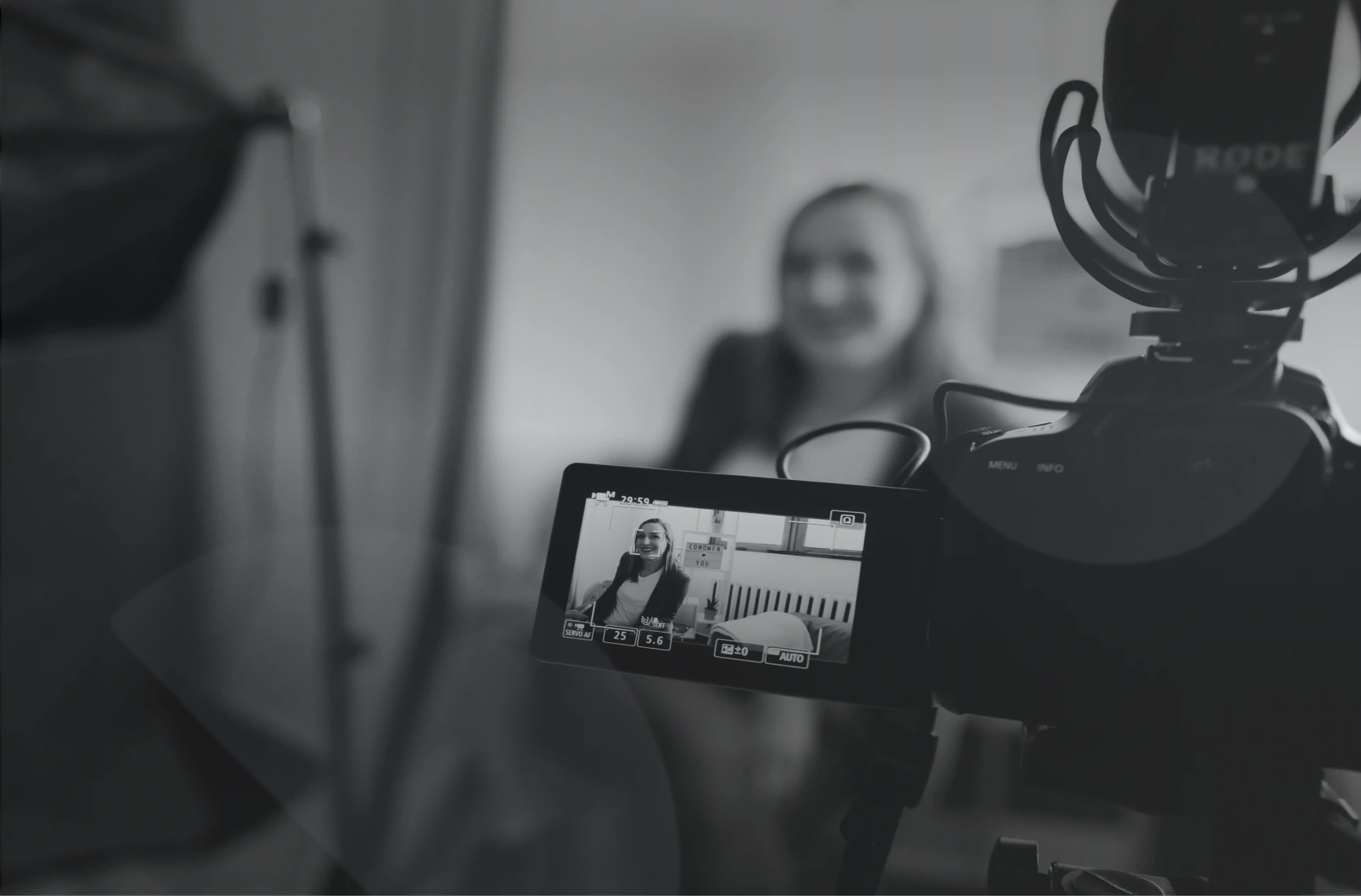Want to see how Framedrop can transform your media operations?
Speed up to 10x your content distribution.
Share this
Discover how Framedrop is evolving from gaming clips to an AI-powered copilot built to boost media teams and content creation.
After four years and more than 140,000 users, Framedrop is entering its next chapter, and it’s nothing short of transformative.
What began as an AI tool built for gamers, helping them capture and share their best moments, has evolved into something far more powerful: an AI-powered copilot tailored for the fast-paced, editorial teams in streamlining content creation and distribution.
Helping Gamers Share Their Best Moments
Framedrop’s journey began in the world of gaming, a space where capturing epic moments and sharing them with others wasn’t always as easy as it should be. Gamers were spending countless hours combing through their footage just to find that one perfect highlight.
That’s where Framedrop stepped in, offering an AI-powered tool that could automatically detect and clip the best in-game moments. It allowed players to focus more on playing and less on editing, making content creation faster, easier, and a lot more fun.
Why did we decide to pivot?
We recognized we were playing in a red ocean: more than 50 similar tools, limited differentiation, and a lack of focus.
We weren’t building for one clear audience. Now we are fully committed to the media industry, and we are already working with leading media companies at scale.
Broadening the Horizon: Embracing Media Production
Building upon its initial success in the gaming community, Framedrop identified a parallel need within the broader media landscape. Content creators, spanning from podcasters to talk show hosts, often grapple with the daunting task of sifting through extensive recordings to extract key moments suitable for repurposing across various platforms.
This realization prompted Framedrop to recalibrate its technology, tailoring it to serve the multifaceted requirements of media professionals.
This strategic expansion was strengthened by a €2 million investment from Indico Capital Partners two years ago, signaling strong confidence in Framedrop’s vision to revolutionize media automation. The funding supported the development of advanced AI capabilities tailored for the wider content industry.
Introducing the AI Copilot for Media Teams
At the heart of Framedrop's evolution lies its AI copilot, a sophisticated tool engineered to revolutionize content repurposing and distribution for media production. This AI copilot offers a suite of functionalities:
- Content Discovery: Leveraging tailor-made AI models, Framedrop swiftly segments lengthy content, pinpointing pivotal moments with remarkable precision.
- Live Clipping (Video-to-Article): The platform adeptly transforms video content into digital-ready articles and video snippets for social, streamlining editorial workflows and amplifying content output.
- CMS Integration: Framedrop integrates with existing Content Management Systems, ensuring a frictionless workflow that enhances collaboration and expedites content publication.
But this is just the beginning.
At Framedrop, we're not just building tools, we're shaping the future of digital media experiences. While today we empower media teams to move faster and repurpose content smarter, our vision goes beyond productivity. We're laying the groundwork for a new era of content automation that adapts to audiences in real time, personalizes viewing experiences across platforms, and redefines how stories are told and consumed.
What we're building next isn’t just for media teams, it's for the future of digital storytelling itself.
Built with and for Media Teams
The integration of Framedrop's AI copilot into media workflows has yielded tangible benefits. Tasks that traditionally consumed hours are now accomplished in minutes, resulting in a tenfold increase in content repurposing speed and a 30-50% reduction in associated costs. Industry professionals have lauded the platform for its efficiency and transformative impact on content strategy.
This transformation is driven by real-world input from producers, editors, and digital teams. We built Framedrop’s AI copilot to directly address production pain points, from time-consuming video reviews to inefficient content pipelines. Now serving major broadcasters and publishers, Framedrop acts as an AI-native operational layer that turns raw footage into publish-ready, multi-platform content in minutes.
View our most recent case study "How a Leading Player in the Media Industry Automated 90% of Their Article Creation in 3 Days”.

Looking ahead
We let go of our original idea not because it failed, but because it helped us grow into something more valuable. Framedrop is now focused, adaptable, and aligned with the real needs of media teams.
We are already supporting industry leaders across broadcasting, publishing, and digital news, and this is just the beginning.
By continuously refining its technology and expanding its feature set, Framedrop is poised to remain at the forefront of AI-driven content creation and distribution, empowering media professionals to navigate the ever-evolving digital landscape with agility and confidence.
